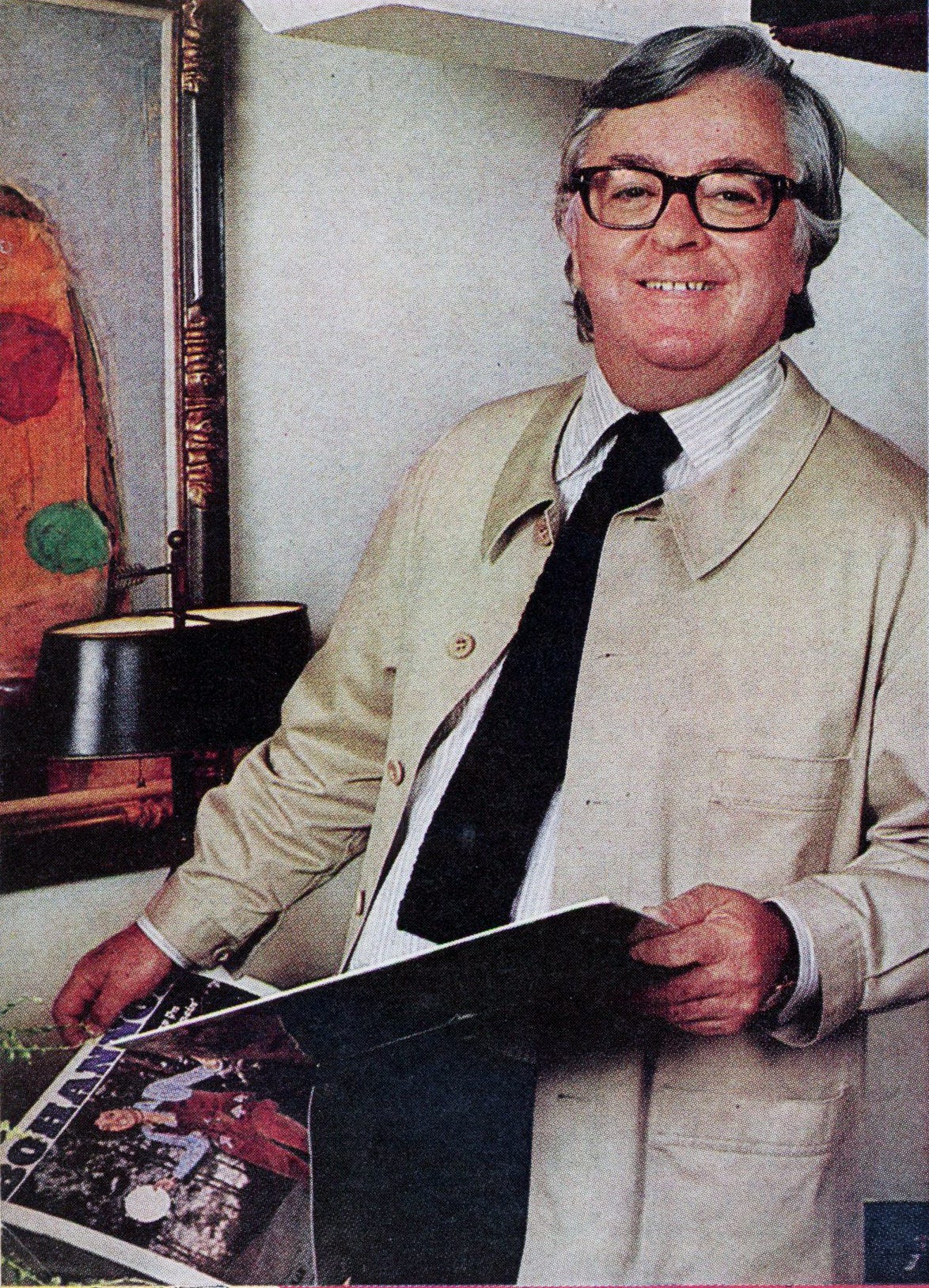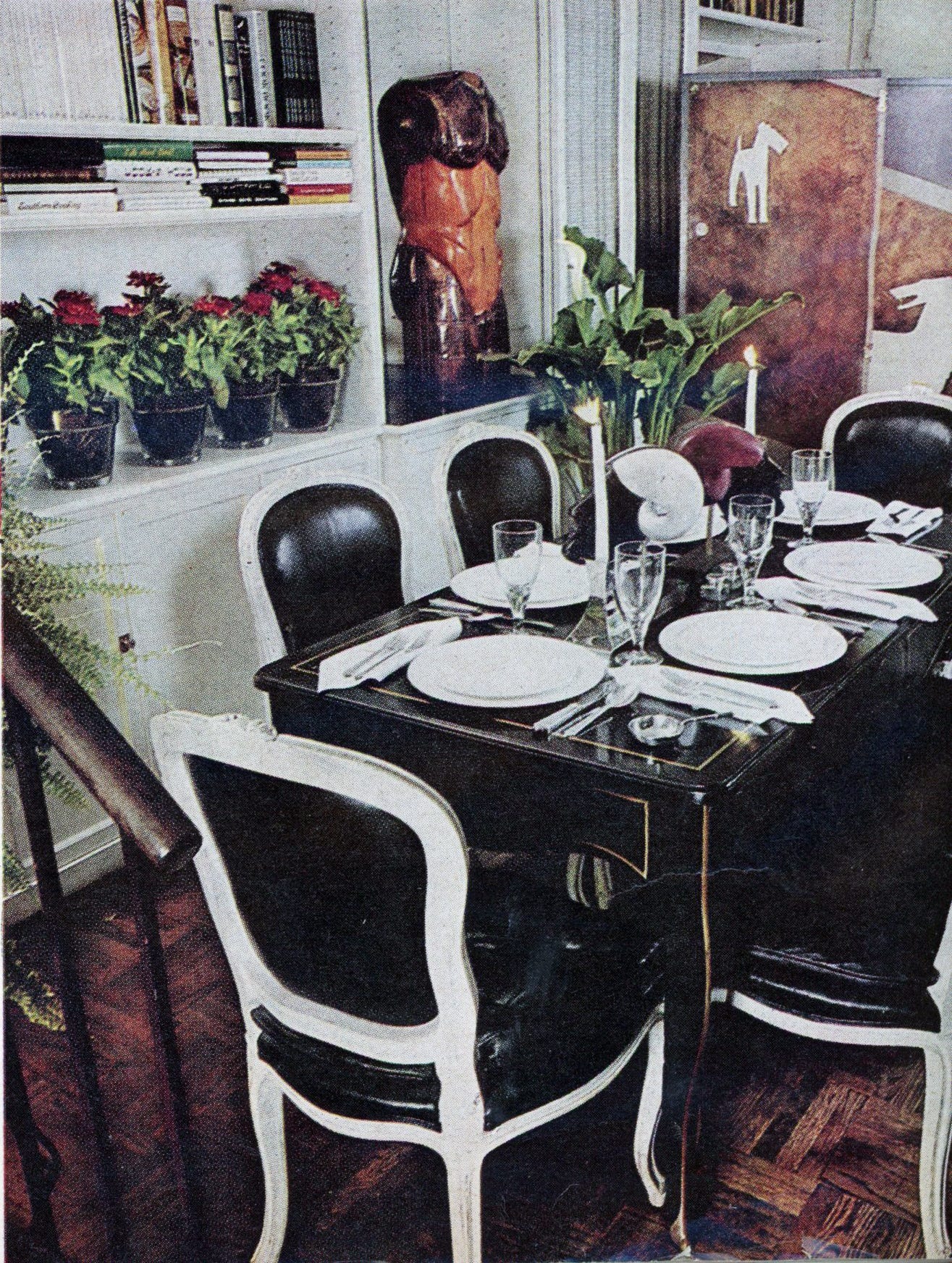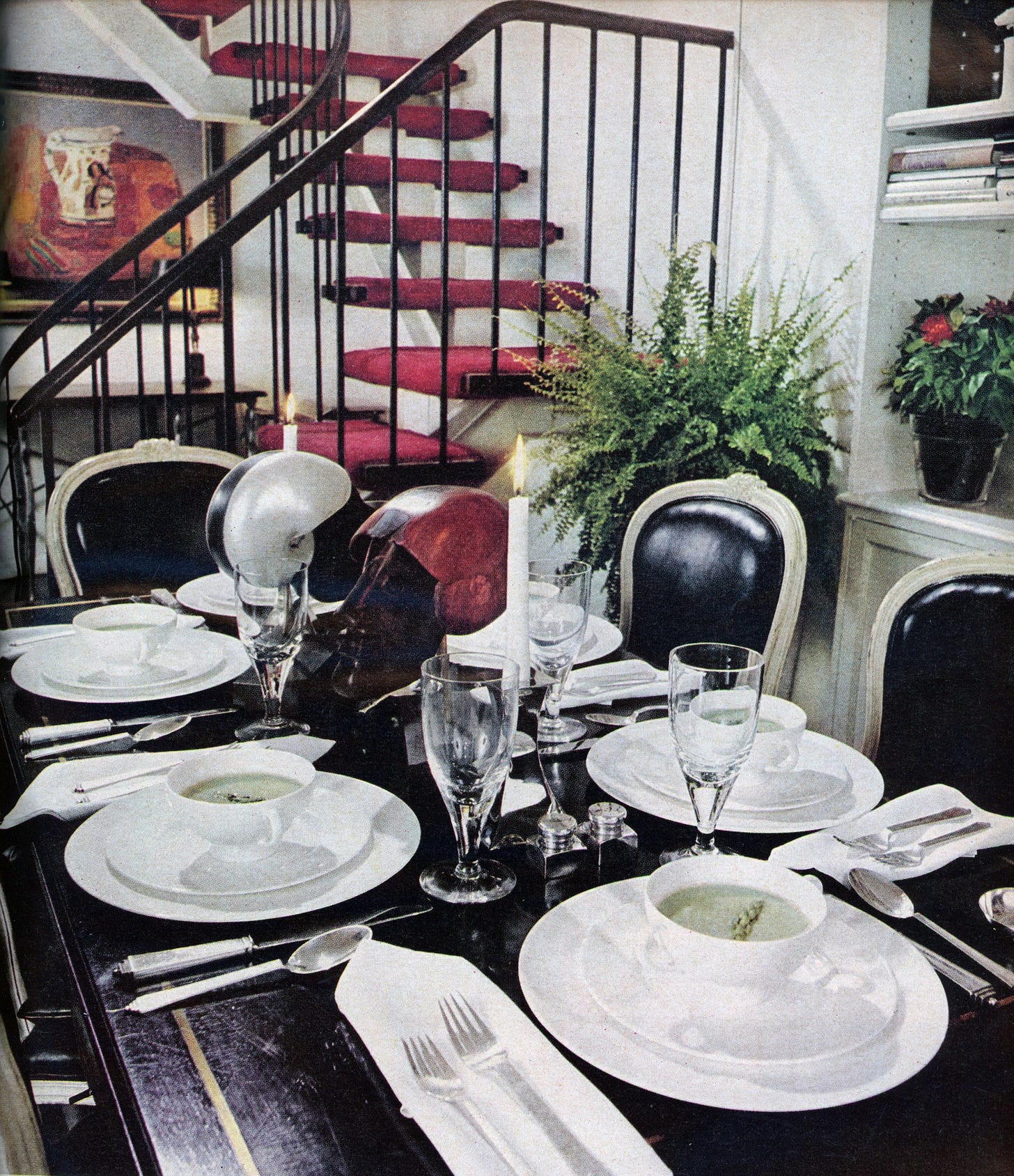High-Fashion Styles in Entertaining 1: Geoffrey Beene
Fashion designers at home, 1976
As the podcast I’d hoped to get out this week is taking longer to edit than I hoped, I am returning to one of my favourite subjects: fashion designers at home. I’ve delved into this subject repeatedly in this newsletter (from Scaasi to Thea Porter to Richard Assatly to European couturiers and American designers), with this newest series concentrating on how they entertained. In the November 1976 issue of House Beautiful, Carmine Porcelli profiled the entertaining styles of five fashion designers—from china to flowers to menu. I will sprinkle these profiles out over the next few weeks.
To start, here is Geoffrey Beene in his Upper East Side duplex (another view of it can be seen at the very bottom of this post). Within the year, Beene would completely redo the space—interior designer Philip Haight cladding the living and dining room in stainless steel for a very sleek effect. That makeover is featured in Architectural Digest, September 1979. The duplex sold in 2007 (three years after his death) for $999,000; at the time, New York magazine described the stainless steel, mirror and Italian tile decor as “retro-kitsch,” and relayed that it “took some months (and a price cut or two) to find a buyer.” While that NY Mag piece says Beene purchased the duplex in 1977, that was the year of the renovation; he bought 333 East 69th St. #TH10 in 1966. Whereas the renovation was all shimmering surfaces and modern furniture, here the duplex is bright white punctuated with traditional styles.
Text By Carmine Porcelli and photos by Feliciano for House Beautiful, November 1976.
Geoffrey Beene: A simple meal with subtle music—and never, never wear black tie
Geoffrey Beene, known for the understated elegance of his fashions, is one of the busiest designers in the business, creating two different fashion lines every season—his couture collection and his Beene Bag sportswear. The genial Southerner has still found time to acquire an enviable reputation as a host. "One of the nicest ways to spend an evening is to have friends over for dinner. I usually give a small dinner for four or six on a Sunday night. Since I'm so busy at the studio all week, Sunday gives me time to prepare leisurely, and when I am relaxed, I can enjoy my friends more. I keep the mood as casual as possible, and all the food both simple and light."
One delightful feature of all Beene dinner parties is the music, filling the evening, subtly changing from waltzes to Latin rhythms. "Music puts people at ease. There's never a void of silence to make anyone feel uncomfortable."
How do guests dress at this great designer's parties? "In whatever makes them comfortable. I myself refuse to wear black tie, and in truth, I no longer even own one."
In his elegantly contemporary New York apartment, Beene sets an understated, uncluttered table with the pure forms of Wedgwood china, Danish silver and the simplest crystal. The only ornaments are a pair of conversation-provoking sculptured heads in black wood, helmeted in iridescent nautilus shell. Chairs are French, reminiscent of Beene's apprentice years in France with the great Molyneux, a time when he forsook a career in medicine for design. "Medicine wasn't creative enough for me." His decided creativity is reflected in his menu planning. "People don't like heavy foods today. I find that my guests enjoy the evening more if I keep the menu simple."
A typical Beene menu might be cold asparagus soup, a roast chicken stuffed only with watercress, a strawberry mousse. And always he has a cheese board and fresh fruit. After dinner, coffee in the living room and more of the easy conversation these dinners are famous for. Says Bernardine Morris, fashion editor of the New York Times, "It's very relaxed in a quite Southern way. The food is always lovely and there's a terrific combination of modern surroundings and old-fashioned hospitality to put everyone at ease."







I'd head over to Geoffrey's for Sunday dinner if he was spinning some Bohannon!